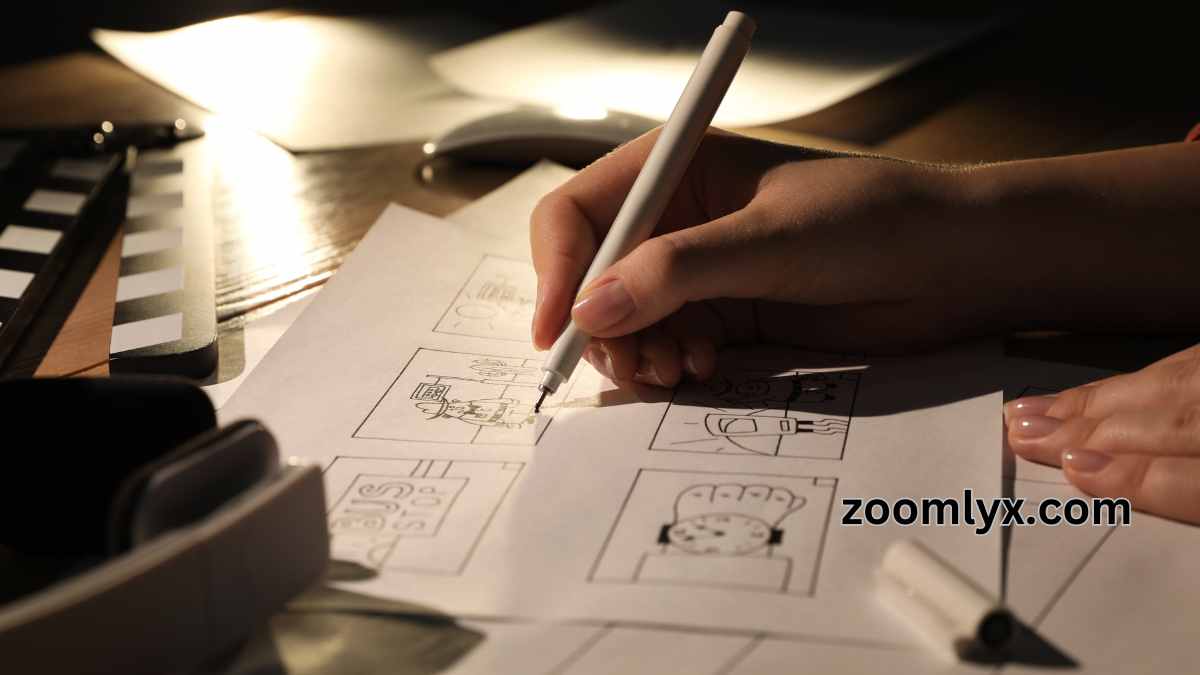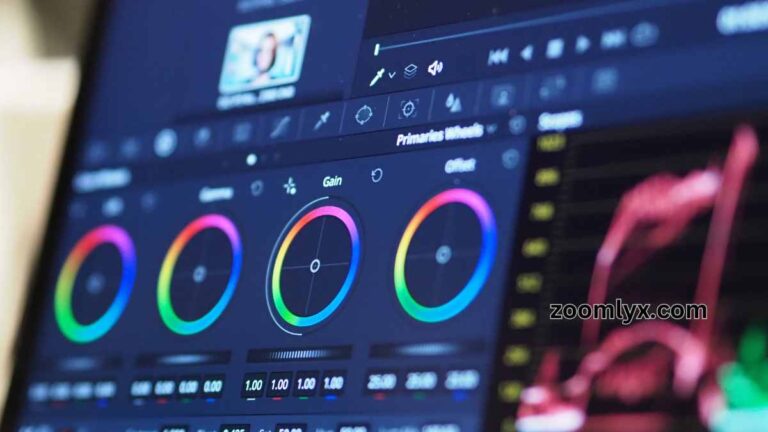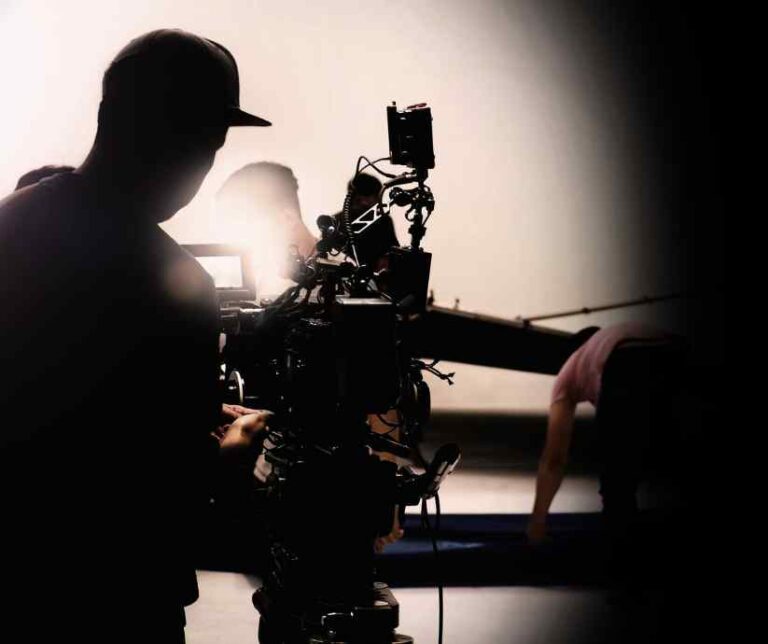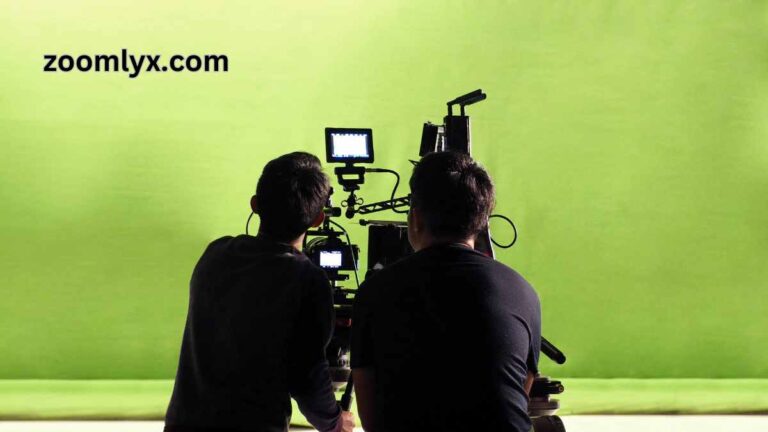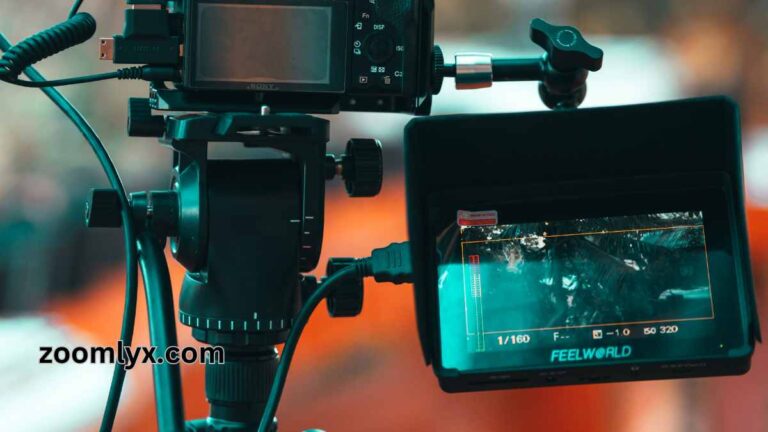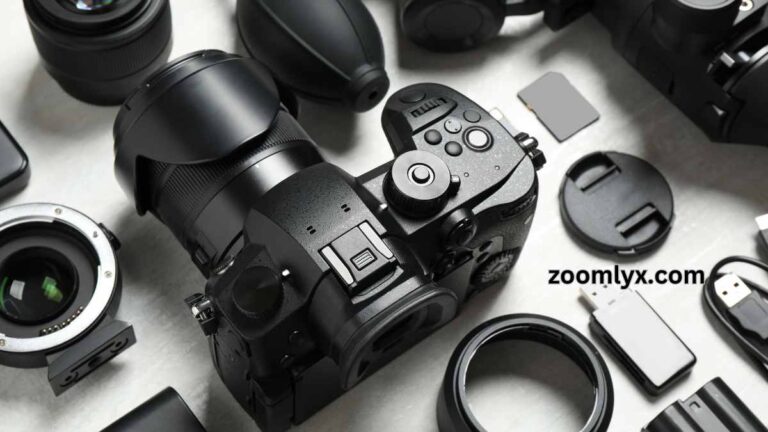Video Storyboarding Secrets: Planning Your Video Shot by Shot
It takes more than just taking up a camera and recording whatever comes to mind to make an engaging video. It’s a methodical procedure that requires rigorous planning and management. A visual road map that directs the entire production from beginning to end, the storyboard is one of the most important tools in the filmmaker’s toolbox. In this post, we will examine the essential pre-production stage of storyboarding and examine how it might improve the caliber of your videos.
The Power of Video Storyboarding
Video storyboarding is essentially a series of illustrated panels or frames that represent the shots planned for a video. It’s a visual script that serves as a guide for the producer, director, and photographer to follow. The following are some strong arguments for why storyboarding is so important:
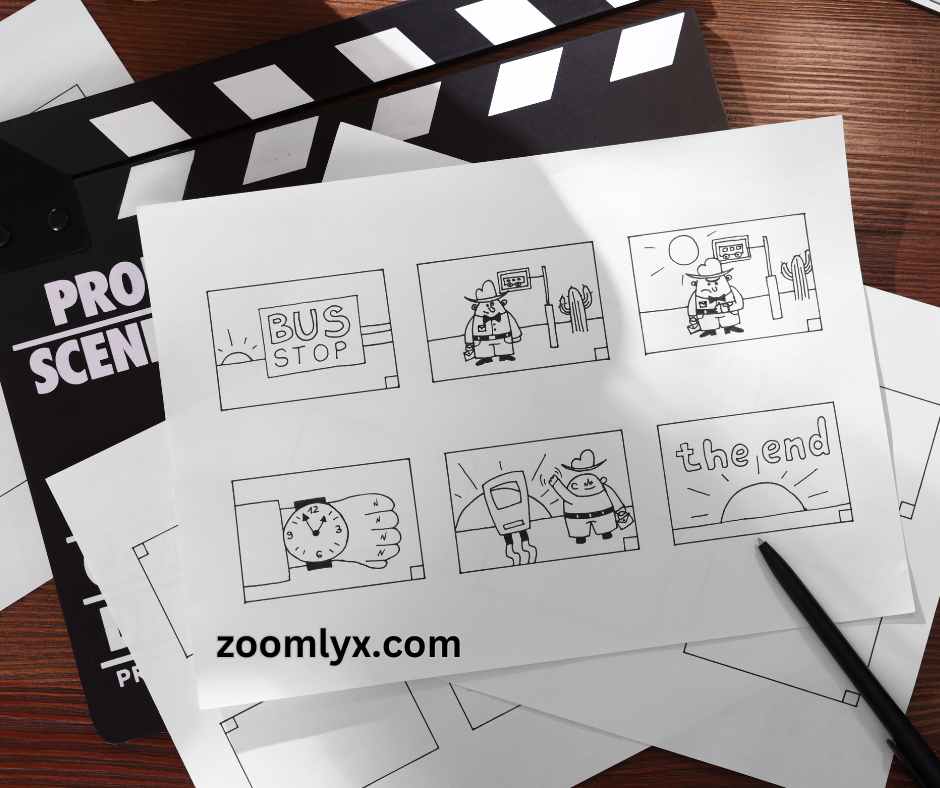
- Visualization: Storyboarding enables you to visualize your video before you even begin filming. You can experiment with various shots, perspectives, and compositions in this creative setting. This visualization process helps refine your ideas and make necessary adjustments before committing to costly production.
- Communication: Filmmaking is a collaborative effort, and effective communication is key. Storyboards serve as a universal language that everyone involved in the production can understand. They ensure that the director’s vision is conveyed to the entire team, reducing the chances of misunderstandings or misinterpretations.
- Time and Cost Efficiency: A well-structured storyboard helps streamline the shooting process. It enables you to identify the essential shots and angles needed to tell your story, reducing the time spent on set. This efficiency can also save you money by minimizing unnecessary reshoots.
- Creativity and Innovation: Storyboarding isn’t just about planning; it’s also a creative outlet. It allows you to experiment with unique shot compositions, camera movements, and visual storytelling techniques. You may stretch the bounds of your imagination and produce a more interesting video by carefully considering each shot.
Now that we are aware of how important storyboarding is, let’s explore some techniques and pointers for making a successful storyboard.
Video Storyboarding Secrets
Start with a Strong Script
Before you can create a storyboard, you need a solid script. The script is the foundation upon which your entire video is built. It outlines the dialogue, actions, and overall narrative. A well-written script serves as the roadmap for your storyboard, ensuring that every shot aligns with the story’s objectives.
Tip: Use professional scriptwriting software like Final Draft or Celtx to format your script correctly. These tools make it easier to transition from script to storyboard.
Sketch Clearly and Concisely
You don’t need to be a professional artist to create a storyboard. The primary purpose is to communicate your vision, not create a work of art. Use simple sketches and stick figures to represent your shots. Focus on clarity and readability, ensuring that anyone looking at the storyboard can understand the intended shot.
Reference: Writing the 48-Hour Script
Consider Shot Composition
Each panel in your video storyboard should convey not just what is happening but also how it should be framed. Consider elements like camera angles, shot size (close-up, medium shot, wide shot), and composition (rule of thirds, leading lines). These details add depth and visual interest to your shots.
Tip: Study classic films and cinematography books to understand different shot compositions and how they influence storytelling.
Include Camera Movements
Don’t forget to indicate any camera movements in your storyboard. This can include pans, tilts, dollies, and even handheld shots. Camera movement adds dynamism to your video and should be planned.
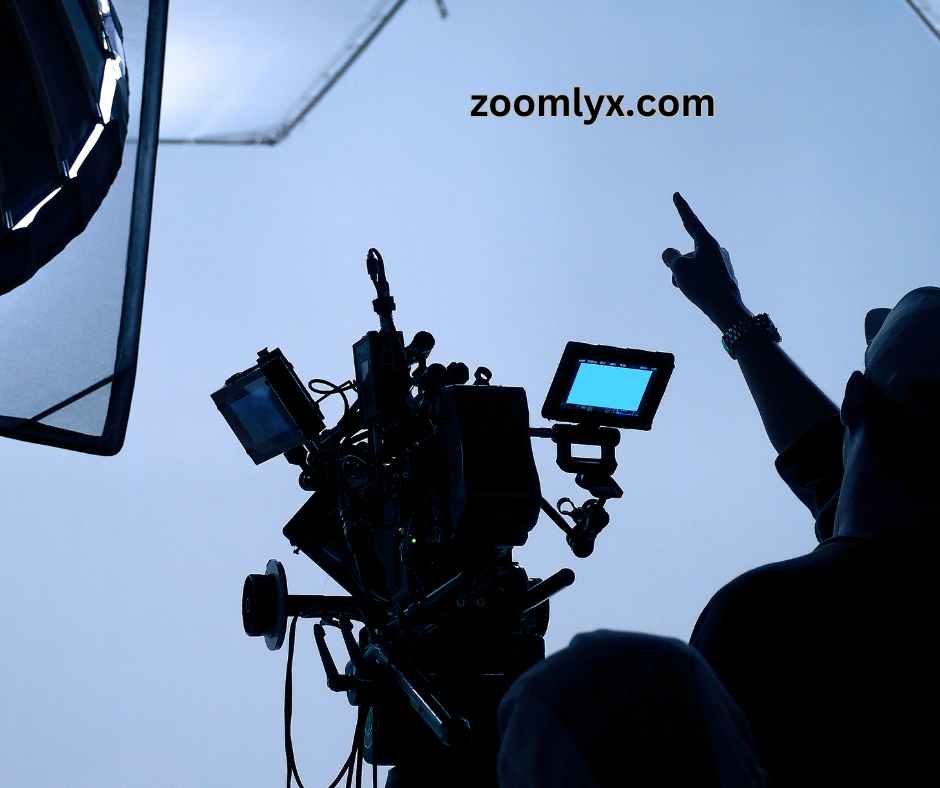
Pay Attention to Continuity
One of the key functions of storyboarding is to ensure continuity between shots. Make sure that the positions of characters, props, and elements in the frame match from one panel to the next. This prevents jarring inconsistencies during editing.
Reference: What is Continuity Editing in Film? Definition and Editing Techniques
Use Color and Annotations
While your sketches should be simple, you can use color to denote important details. For example, you might use red to highlight areas of focus or movement. Additionally, include annotations to describe actions, camera settings, and any additional notes for the crew.
Test Your Storyboard
Before heading to the set, review your video storyboard with your team and, if possible, do a dry run. This can help identify any potential issues or challenges in your shot plan, allowing you to make adjustments in advance.
FAQs
- Do I need to be an artist to create a storyboard?
No, you don’t need to be a professional artist. The primary goal of a storyboard is to convey your vision. Simple sketches and stick figures are often sufficient.
- Can I create a storyboard for any type of video?
Yes, storyboards can be used for various types of videos, from short films and commercials to music videos and documentaries. They are especially valuable for projects with complex visuals or narrative sequences.
- What software can I use to create digital storyboards?
There are several software options for creating digital storyboards, including Adobe Photoshop, Storyboard That, and ShotPro. These tools offer features for sketching, adding annotations, and organizing your storyboard digitally.
- How detailed should my storyboard be?
The complexity of your project and the requirements of your team will determine the level of depth in your storyboard. More detail might be appropriate for complicated scenarios, whilst fewer panels might be necessary for simpler ones.
- Can I make changes to the storyboard during production?
Yes, it’s common to make adjustments to the storyboard during production as creative decisions evolve or unexpected challenges arise. However, having a solid storyboard as a starting point can help maintain focus and efficiency on set.
Bottomline
In conclusion, storyboarding is a crucial step in the filmmaking process that offers numerous benefits, from improved communication among the team to cost and time savings. By following these storyboard secrets and tips, you can elevate your video production and bring your creative vision to life with precision and clarity. So, start sketching your ideas, and watch your videos come to life, shot by shot.

